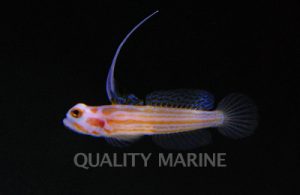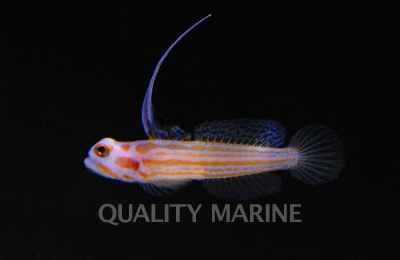First Ever Aquacultured Yasha Gobies Headed to Quality Marine
Pet Age Staff //July 27, 2016//
 Quality Marine, which provides the aquarium industry with marine fish and invertebrates, has announced the first-ever successful aquacultured Yasha Gobies (Stonogoniops yasha).
Quality Marine, which provides the aquarium industry with marine fish and invertebrates, has announced the first-ever successful aquacultured Yasha Gobies (Stonogoniops yasha).
“S. yasha is easily one of the most desirable species of goby available to aquarists,” a company press release stated. “Known as the Yasha Goby (or, alternatively, the White Ray Shrimp goby), this tiny fish is definitely not small in beauty or personality, with its vibrant red and white patterning and its greatly elongated dorsal fin.”
Quality Marine supplied broodstock in December 2014 to a project that began last spring, when a group of undergraduate students at Roger Williams University began attempting to culture and rear S. yasha under the school’s Marine Ornamental Program. Working with The Rising Tide initiative, the group experimented with environmental conditions and observed symbiotic relationships with other organisms, particularly A. randalli. Students worked under the leadership of Joe Szczebak, Brad Bourque and Dr. Andy Rhyne.
Ultimately, six of nine conditioned pairs would begin regularly spawning and laying nests within synthetic caves. Larvae successfully settled and metamorphosed 30 to 50 days post-hatch. After improving upon their techniques, the team finally achieved a continuous stock of the very first aquacultured Yasha Gobies.
“This achievement, coming just on the heels of the Hawaii Oceanic Institute/Rising Tide’s massive triumph with the first aquacultured Yellow Tangs and, most recently, their tremendous breakthrough with the UF Aquaculture Lab in successfully rearing the Pacific Blue Tang, is precisely why we support such initiatives and will continue to do so in the future,” the company stated. “Each success brings optimism for our ever-evolving industry, and we eagerly await the next breakthrough from these efforts.”



















